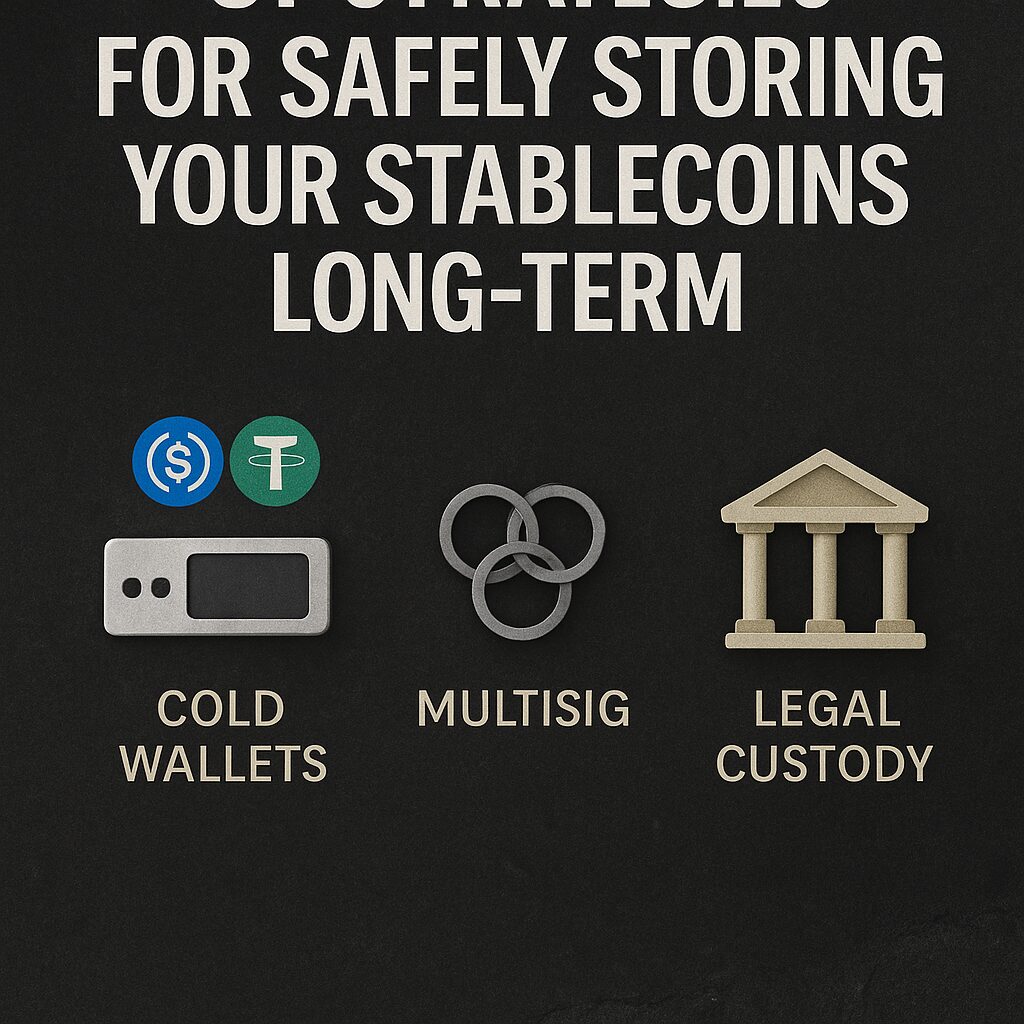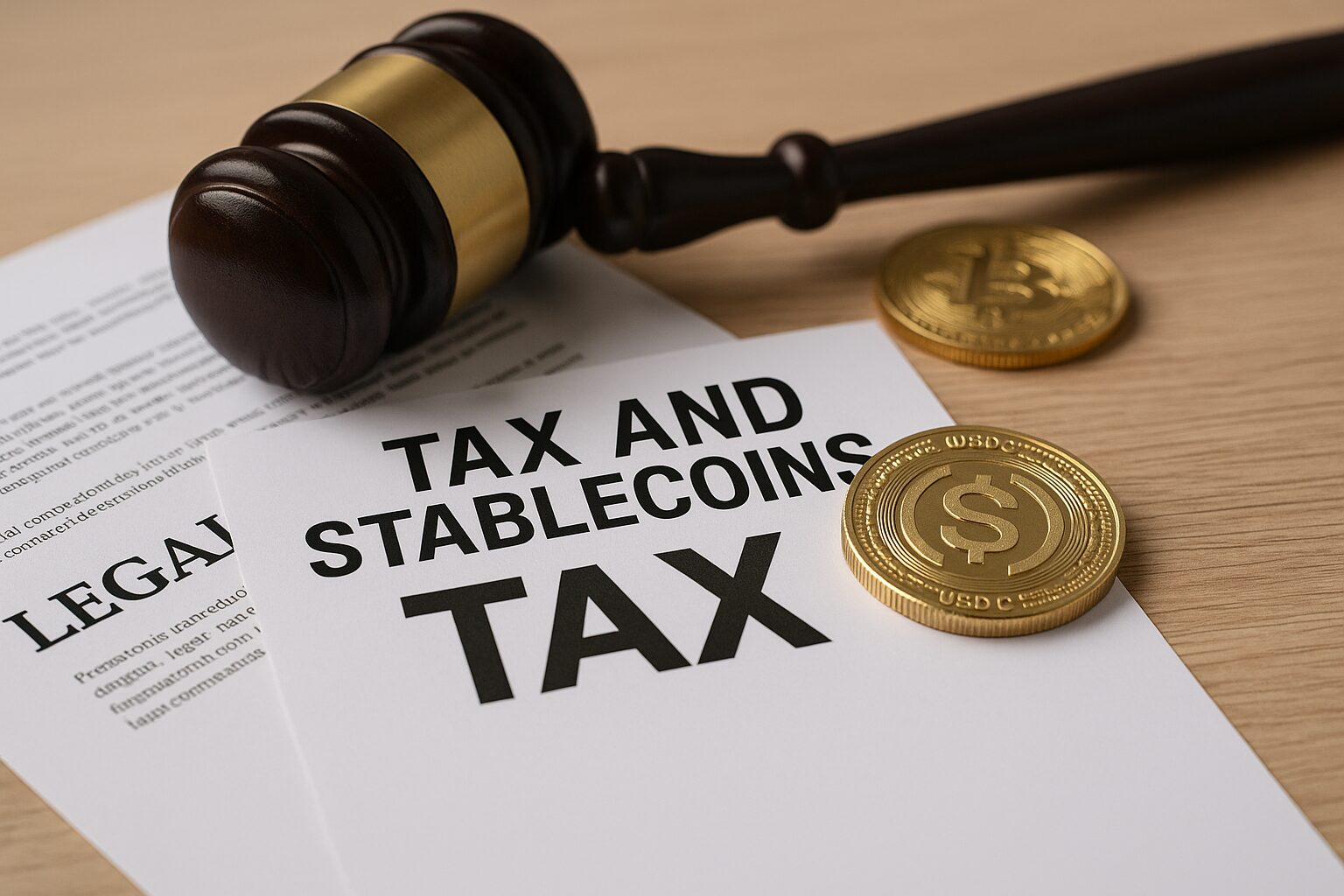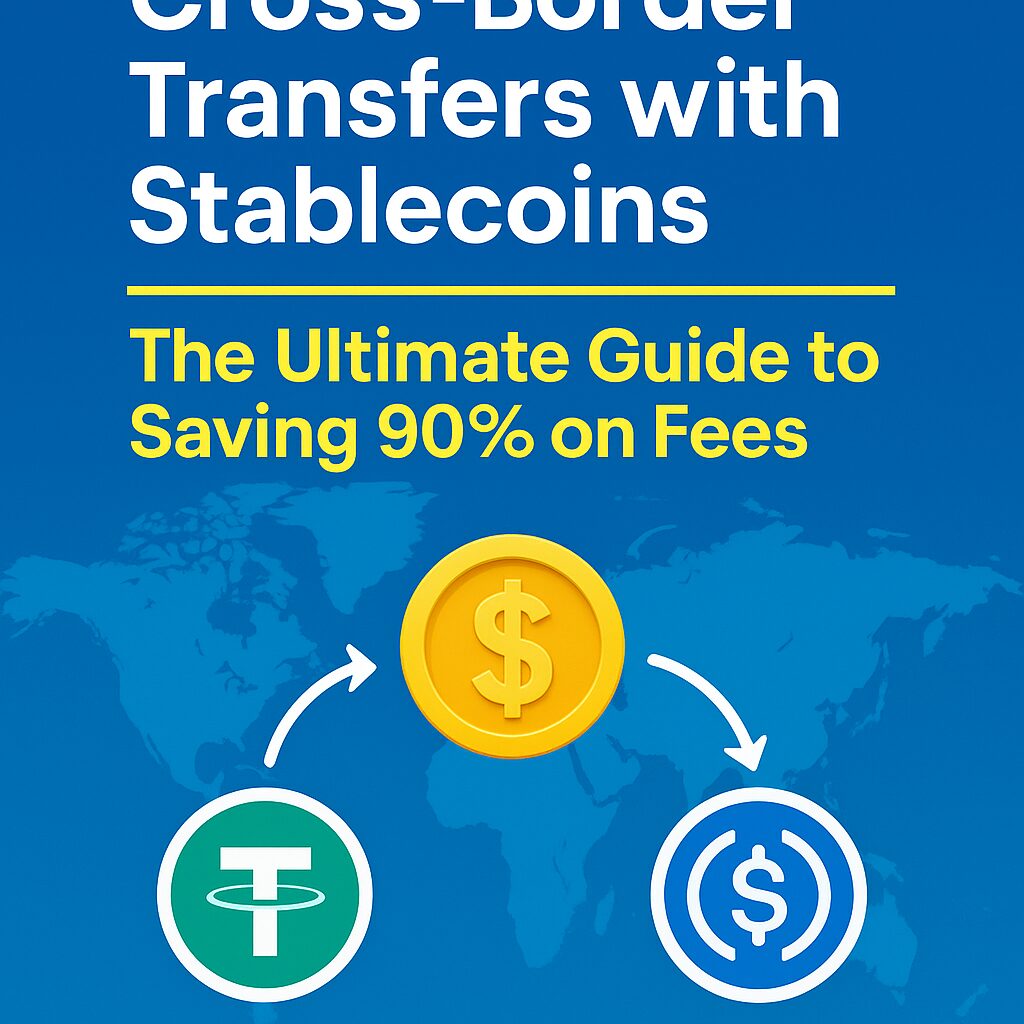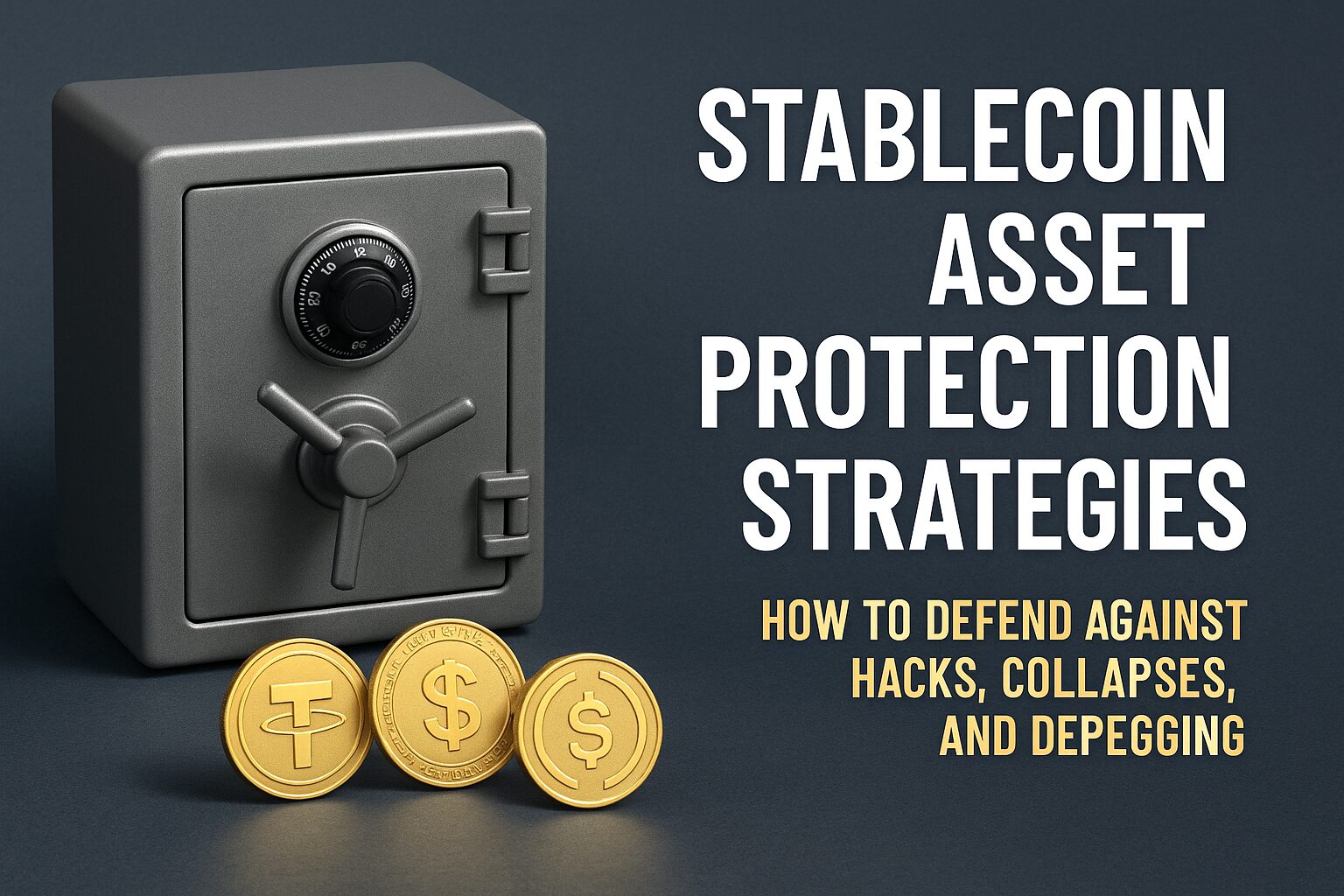The global financial system is undergoing a digital transformation—and at the center of it lies a quiet but intense battle: Stablecoins versus Central Bank Digital Currencies (CBDCs). These two forms of digital money are fundamentally different in who controls them, how they function, and what they mean for your financial freedom.
While stablecoins offer borderless, decentralized alternatives to traditional money, CBDCs represent government-backed digital control. This article explores the core differences between the two, and why the outcome of this battle will directly impact your wealth, privacy, and access to global finance.
What Are Stablecoins and CBDCs?
Stablecoins are digital currencies pegged to stable assets like the US dollar or gold. They’re often issued by private companies and operate on public blockchains such as Ethereum or Solana.
CBDCs (Central Bank Digital Currencies), on the other hand, are issued directly by governments or central banks and are fully regulated, traceable, and centrally controlled.
| Aspect | Stablecoins | CBDCs |
|---|---|---|
| Issuer | Private companies | Central banks |
| Control | Decentralized or semi-centralized | Fully centralized |
| Purpose | Fast, global, open money | Controlled, national digital fiat |
| Privacy | Variable | Low to none |
| Adoption | Global, voluntary | National, potentially mandatory |
Key Differences That Impact You
- Privacy
Stablecoins, especially when used with non-KYC wallets, offer a level of anonymity. CBDCs are designed to be fully traceable by governments. - Control Over Funds
Governments can freeze, delete, or tax CBDC balances instantly. Stablecoins stored in private wallets resist this level of interference. - Cross-Border Use
Stablecoins are borderless. CBDCs are typically geo-locked or limited to national use. - Technical Efficiency
While CBDCs aim to match crypto’s speed and low cost, stablecoins have already achieved it through existing DeFi infrastructure. - Philosophy
Stablecoins emerged from a desire for financial freedom. CBDCs are tools of control and compliance.
Why Governments Are Pushing CBDCs
Governments fear losing control over monetary policy and taxation. CBDCs allow:
- Direct stimulus or taxation: Deposit or withdraw money from citizens without intermediaries.
- Full traceability: Know how every unit of currency is used.
- Exclusion mechanisms: Freeze accounts or restrict spending based on behavior or social score.
CBDCs are not a natural evolution of crypto—they’re a reaction to it.
How Stablecoins Challenge CBDCs
Stablecoins challenge the core premise of government-controlled money by:
- Offering global liquidity with minimal entry barriers.
- Being resilient to censorship, especially when held in cold wallets.
- Enabling financial inclusion in countries with poor banking systems.
- Serving as stores of value in hyperinflationary economies.
They represent the user’s choice in a financial world rapidly moving toward surveillance.
The Battle for Your Digital Wallet
This is not a future problem. It’s happening now:
- USDC vs FedNow: USDC offers programmable dollars on-chain. FedNow promises centralized control and fast domestic settlements.
- Digital Euro vs EUR-backed Stablecoins: The EU wants full oversight; private stablecoins offer flexibility and speed.
- Emerging Markets: People prefer USDT or BUSD to local CBDCs due to volatility and trust.
This battle is about control: Do you want to own your money—or just access it conditionally?
Conclusion – Choosing the Future You Want
Stablecoins and CBDCs reflect two competing visions for the future of money. One is open, user-driven, and global. The other is centralized, traceable, and enforceable.
Your choice of wallet and currency shapes how much control you have over your assets, your privacy, and your financial destiny.
Choose wisely—because digital freedom is not given. It’s protected by design.









